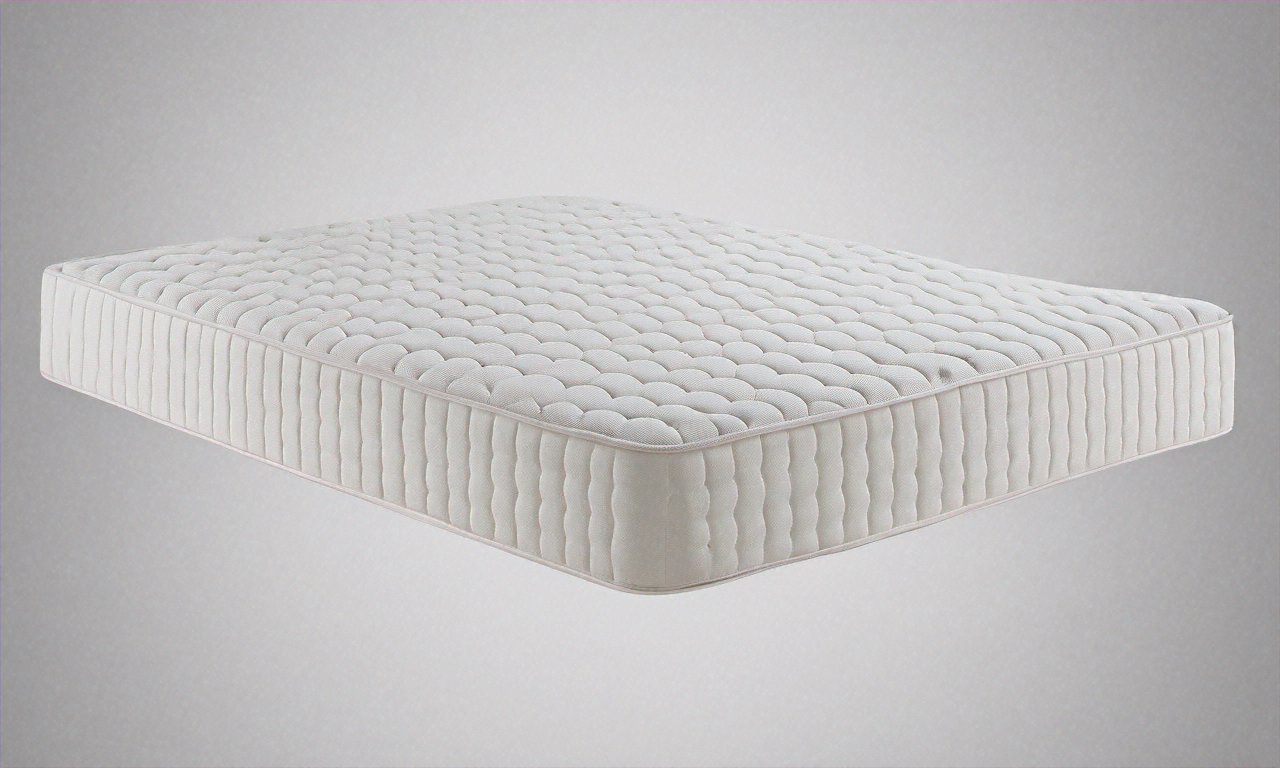Understanding Mattress Types and How to Choose the Perfect One
A mattress is more than just a place to rest - it's a crucial investment in your health and well-being that can significantly impact your quality of life. With the average person spending approximately one-third of their life sleeping, selecting the right mattress becomes a decision of paramount importance. Whether you're looking to replace an aging mattress or furnishing a new home, understanding the various types, materials, and features available can help you make an informed choice.

Key Factors in Mattress Selection
Sleeping position plays a crucial role in choosing the right mattress firmness. Side sleepers typically need softer surfaces to cushion pressure points, while back sleepers benefit from medium-firm support. Stomach sleepers usually require firmer mattresses to maintain proper spinal alignment. Consider your primary sleeping position when evaluating options.
Understanding Mattress Materials
The materials used in mattress construction significantly affect comfort, durability, and price. High-density memory foam provides better longevity and support compared to lower-density alternatives. Natural latex, while more expensive, offers superior durability and environmental benefits. Traditional innerspring systems vary in quality based on coil count and gauge.
Mattress Durability and Lifespan
A quality mattress typically lasts between 7-10 years, depending on materials and maintenance. Memory foam and latex mattresses often have longer lifespans than traditional innerspring models. Regular rotation, proper support, and maintaining a clean sleeping environment can extend your mattress’s life significantly.
Common Mattress Features and Technologies
Modern mattresses incorporate various technologies to enhance sleep quality. Cooling features like gel-infused foam or phase-change materials help regulate temperature. Motion isolation technology reduces partner disturbance. Edge support systems provide stability across the entire sleeping surface.
Popular Mattress Options and Price Points
| Mattress Type | Average Price Range | Key Features |
|---|---|---|
| Basic Innerspring | $300-$800 | Traditional bounce, good airflow |
| Memory Foam | $600-$1,200 | Pressure relief, motion isolation |
| Hybrid | $1,000-$2,000 | Combined support, temperature regulation |
| Natural Latex | $1,500-$3,000 | Durability, eco-friendly materials |
Prices, rates, or cost estimates mentioned in this article are based on the latest available information but may change over time. Independent research is advised before making financial decisions.
A well-chosen mattress represents an investment in both comfort and health. While initial costs may seem significant, the impact on sleep quality and overall well-being makes it a worthwhile consideration. Consider your specific needs, sleeping habits, and budget constraints when making your selection, and remember that the most expensive option isn’t always the best fit for everyone.






